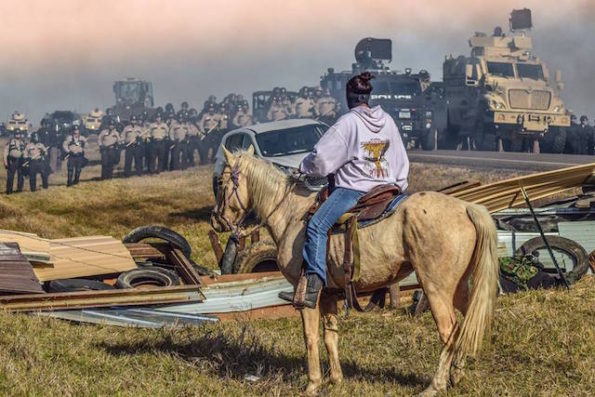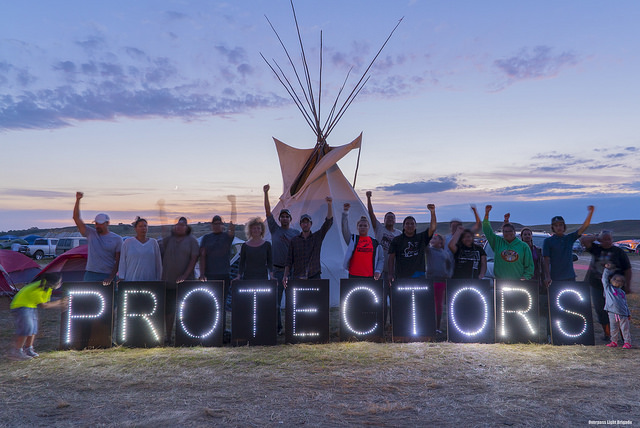Search
To search for an exact match, type the word or phrase you want in quotation marks.
A*DESK has been offering since 2002 contents about criticism and contemporary art. A*DESK has become consolidated thanks to all those who have believed in the project, all those who have followed us, debating, participating and collaborating. Many people have collaborated with A*DESK, and continue to do so. Their efforts, knowledge and belief in the project are what make it grow internationally. At A*DESK we have also generated work for over one hundred professionals in culture, from small collaborations with reviews and classes, to more prolonged and intense collaborations.
At A*DESK we believe in the need for free and universal access to culture and knowledge. We want to carry on being independent, remaining open to more ideas and opinions. If you believe in A*DESK, we need your backing to be able to continue. You can now participate in the project by supporting it. You can choose how much you want to contribute to the project.
You can decide how much you want to bring to the project.

At the beginning of 2016 the United States government approved the construction of an oil pipeline 1.886 km long, destined to transport 570 barrels of crude a day. According to the plan, the pipeline would cross the Missouri river and lake Oahe, very close to the Sioux reservation of Standing Rock, putting at risk the main source of drinking water of the region and affecting sacred places and graveyards pertaining to this reservation. Various Sioux tribes organised themselves to embark on legal actions. So was born the Dakota Access Pipeline protest (#NoDAPL) that was to become a veritable media event. Under Obama’s presidency, it achieved that the US authorities denied permits until studies were carried out on the environmental impact. However, a few weeks ago we saw how the last of the camps was evacuated by police force. During the first days of his presidency, Donald Trump had signed an executive order to resurrect the initial agreement, protected by his promise to give the oil industry more freedom to expand their infrastructures.
#NoDAPL arose as a consequence of a confrontation between the value system of the United States and that of the Sioux communities. While in the USA, 1% has the power to do whatever it wants with the territory of the country (and what it contains), the native community considers that water merits the same respect as any other existence. Following a DIY logic, the Sioux communities opted to defend and protect the symbolic and physical space which belongs to them, confronting the racial segregation to which the US subjects them and which is endemic in the country. There are more than enough examples that show how the racism upon which the West was erected is interwoven with the development of capitalism. The very idea of race is just a form of social organisation and distribution of privileges, a tool that has served to justify the invasions and genocides that permitted the establishment of European empires. But capitalism is not solely based on racism, but also on class division and patriarchy. Angela Davis said that gender, race, and class are elements interlinked, realities dependent on each other. It is, in short, an economic and social structure based on the supremacy of the white man, the logic of which remains active. In the face of this, the native community defended their existence as citizens with full rights and recuperated their dignity through protest. They vindicated their existence in the face of the economic and social structures upon which the West continues to build national identities, the very ones that benefit only a chosen few and leave the rest out in the cold.

To show disagreement through protest is a way of vindicating existence itself, but when thinking about how to carry it out, it is vital to be conscious of the mechanisms being confronted. By definition, the state is violent with those who don’t accept or transgress its demands. The search for agreement amongst the collectives of which it is composed is something foreign to them, as social accord dictates that there is no room for any debate about the limits of what is correct, only what is dictated can be heeded. With all possibility of questioning left blocked, any thinking that counters it can only exist as a threat to the stability of said hegemony. The consequence of this structure is that attitudes of resistance (like DIY) have to take a defensive position in the face of this violence that hounds their existence. But this defence, by occurring within a symbolic system that doesn’t permit dialogue and which is itself in crisis, is in reality interpreted as an aggression. Or to put it another way: when the countercultural movements raise their voice to defend themselves, they are condemned to being understood as a force of aggression. Unfortunately, whoever initiates the attack has it all to lose; in the logics of hegemony any form of counterculture is easily questioned. Having arrived at this point, and stemming from the fact that protest is indispensable, it becomes necessary to think of new ways of carrying it out.
At Standing Rock the native communities, instead of demonstrating, called themselves “protectors”. The term protected them from being accused of initiating an action of attack, as it etymologically implied quite the contrary: caring. So they couldn’t be accused by the social corpus of challenging the monolithic entity of the state, so much as were perceived as a system avoiding harm. With such a simple gesture they managed to deactivate this mechanism by which any protest is understood as a force of aggression. They managed, what is more, two fundamental things: to make it clear that their epistemology is other than that of the West and to point out that Western epistemology needs to be reconsidered. Their way of understanding man and the relation man has with the earth, has nothing to do with what we have inherited. In the West, the earth doesn’t need to be defended so much as exploited as a source of resources. Our tradition dictates that man is the centre around which everything pivots and an awareness of the environment comes second to human desires. They say, on the contrary “We are water” and this doesn’t respond solely to the fact that a high percentage of the body is in effect water. It responds to the fact of looking at the earth, at the planet, as an interconnected system in equilibrium, where the elements of which it is composed are dependent on each other. They are reminding us that if water suffers setbacks, so do we, as both have the same importance within the equilibrium of the planet. Unfortunately it is not within political agendas to talk of the anthropocene, e-waste->http://ewasteguide.info/e_waste_definition]or the changes we have provoked in the equilibrium of the planet, on its time scale and the way it functions. Standing Rock gives the voice to water, but not too much attention is needed to hear that the planet itself is protesting against the system that exploits its resources. Through symptoms like climatic change, the sixth large extinction of species, the melting of the poles…the planet talks to us of its crisis, in its own voice. It announces to us that the impact of human activities, stemming from the ideologies and economic systems derived from capitalism, have caused its ecosystem and geological era to change.
It is evident that the social system we have created is disastrous. The super-structure of society needs to be changed. Taking advantage of the exhaustion of democracy, it is time to question the Western symbolic system, that of the anthropocentricism of the white man, in its entirety. We have to remake our own ontology bearing in mind that the symbolic systems of other cultures are as valuable as our own: that the cultural supremacy of gender or race doesn’t exist; that we need to change how we look at the planet … In short, we have to learn that nothing revolves around the white man, so much as he has subjected all other identities. This restructuring can only be realised through listening to those who have been left out. Or what is the same thing, by granting space to protest so that their voices can be heard.

Virginia Lázaro Villa, lives in London, she is an artist and art critic and what she’s most interested in is iconoclasm and the destruction of things in general. She’s co-directed since 2015 the contemporary art magazine and platform Nosotros and for a while now has worked writing for different media and magazines, as well as doing a few other odd jobs that bring in the real money.
"A desk is a dangerous place from which to watch the world" (John Le Carré)